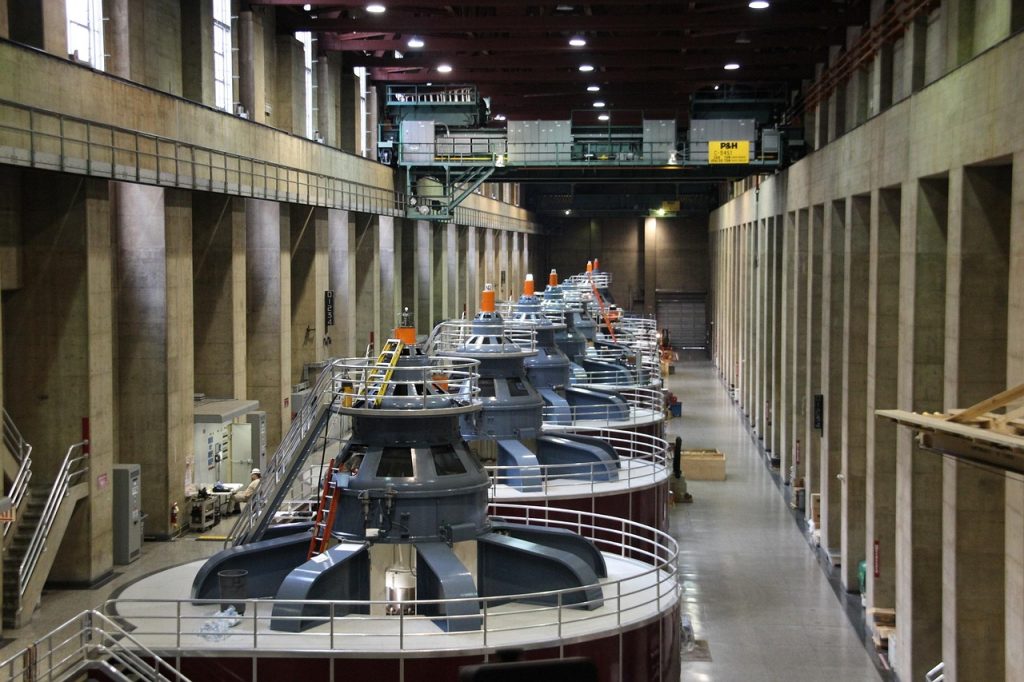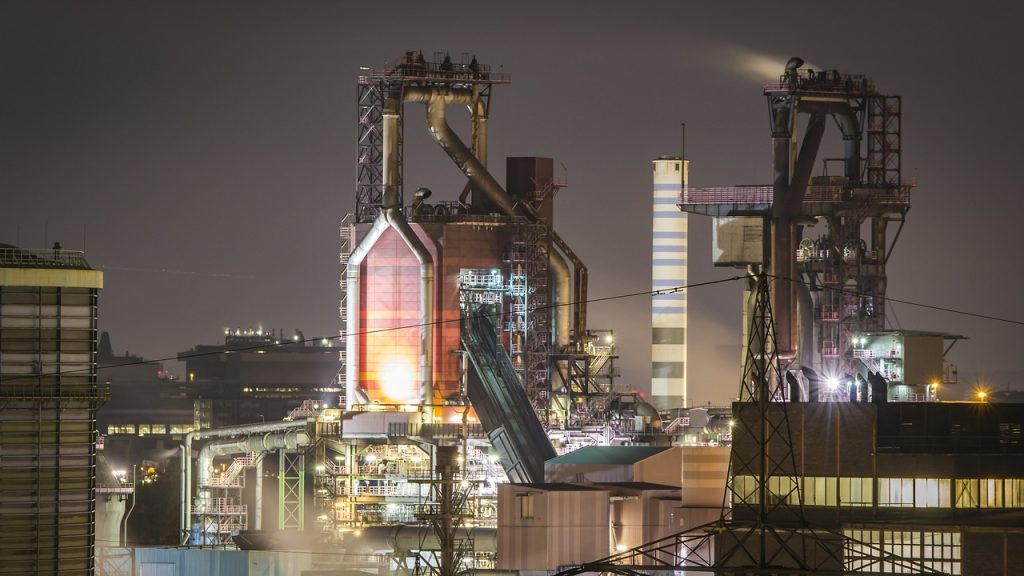Power Plant lighting Solution
As a large industrial site, the design and implementation of the lighting scheme in a power plant are of great significance for improving work efficiency and ensuring work safety. This article will provide an overview of the lighting scheme for power plants and discuss in detail the selection of suitable lighting fixtures, lighting layout, and control systems, among other aspects.

Lighting Design Principles
Energy Efficiency
As a place with high energy consumption, the lighting scheme in a power plant should focus on energy conservation and efficiency. Choosing energy-efficient lighting fixtures and adopting intelligent control systems can effectively reduce energy consumption, extend the lifespan of lighting fixtures, and save maintenance costs.
Safety
A power plant is a high-risk working environment. The lighting scheme should ensure the safety of workers while maintaining work efficiency. The lighting layout should fully consider the lighting brightness and uniformity of the working area to avoid the influence of shadows and glare on workers. In addition, explosion-proof or waterproof lighting fixtures suitable for harsh environments should be selected to provide reliable lighting effects.
Color Rendering
The work in a power plant requires accurate identification and recognition of different equipment, indicator signs, and colors, etc. Therefore, the lighting scheme should have good color rendering, accurately reproduce the colors of objects, and ensure that workers can operate normally.
Lighting Fixture Selection

LED Fixtures
Due to their high energy efficiency and long lifespan, LED fixtures are the preferred choice for power plant lighting. Compared with traditional incandescent and fluorescent lamps, LED fixtures consume less energy, have a longer lifespan, and also have better light color stability and color rendering. The switch life of LED fixtures is also much longer than that of traditional fixtures, reducing the frequency of replacement and maintenance.
Explosion-proof Fixtures
There are certain explosion and fire risks in power plants. Therefore, in some specific areas such as oil storage tanks, generator rooms, and substations, explosion-proof fixtures should be used. Explosion-proof fixtures have explosion-proof, dust-proof, and waterproof functions and can provide reliable lighting effects in dangerous environments. Explosion-proof fixtures usually have special shells and materials that can effectively isolate the sparks or arcs between electrical equipment and the fixtures themselves, reducing the risk of accidents.
Lighting Layout

Main Working Areas
The main working areas in a power plant include generator rooms, substations, operation control rooms, and distribution rooms, etc. These areas usually require high lighting brightness and uniformity to provide a good working environment. In these areas, high-power lighting fixtures such as LED floodlights or high-power LED tubes should be used. Lighting fixtures should be installed reasonably according to the needs and layout of the working area to ensure the best lighting effect.
Safety Passages and Emergency Exits
There are many safety passages and emergency exits in a power plant. These areas need to maintain good lighting and ensure that workers can evacuate quickly and safely in an emergency. In these areas, emergency lighting fixtures and indicator lights should be installed to ensure and mark the location and direction of passages and exits. Emergency lighting systems usually have independent power supplies and automatic switch functions and can still work normally in the event of a power outage or accident.
Office Areas
In addition to the main working areas, power plants also have some office areas such as administrative offices, meeting rooms, and employee rest rooms, etc. The lighting requirements in these areas are relatively low, mainly to provide a comfortable working environment. In these areas, softer lighting fixtures such as LED downlights or panel lights can be selected to provide good lighting effects and visual comfort.
Control Systems
To achieve energy conservation and intelligent management, the lighting scheme in a power plant should be equipped with corresponding control systems. The following are some commonly used control systems:
Lighting Control
The lighting control system automatically adjusts the lighting brightness and balance according to the changes in natural light. By using light sensors to sense the intensity of the surrounding environment light, the system can automatically control the on/off and brightness of the lighting equipment and make timely adjustments to adapt to different times and weather conditions.
Energy-saving Control
The energy-saving control system automatically turns off the lighting fixtures when no one is present in the area. By using motion sensors to detect the presence of people, the system can automatically turn off the lighting fixtures when the area is unoccupied, reducing energy consumption. The energy-saving control system can also be combined with the lighting control system to achieve more intelligent and energy-efficient management. The energy-saving control system achieves intelligent control of lighting equipment by using sensors, timers and other means. When people leave or no one is working, the system can automatically turn off some or all of the lights to achieve energy-saving purposes. At the same time, the on and off times of the lights can also be controlled by timers to avoid unnecessary energy waste.
Remote Monitoring
The remote monitoring system can monitor the working status and energy consumption of the power plant lighting system in real time, and perform remote control and management. Through mobile applications or network interfaces, staff can view and control the status of the lights in real time, adjust the brightness and switches, etc., which is convenient for centralized management and troubleshooting.
Summary
The design and implementation of lighting schemes in power plants play a crucial role in enhancing work efficiency and ensuring work safety. When choosing lighting fixtures, planning the layout and selecting control systems, emphasis should be placed on energy efficiency, safety and color rendering to meet the actual needs of power plants. At the same time, the rational use of energy-saving control and intelligent control systems can further improve energy utilization and management efficiency.






